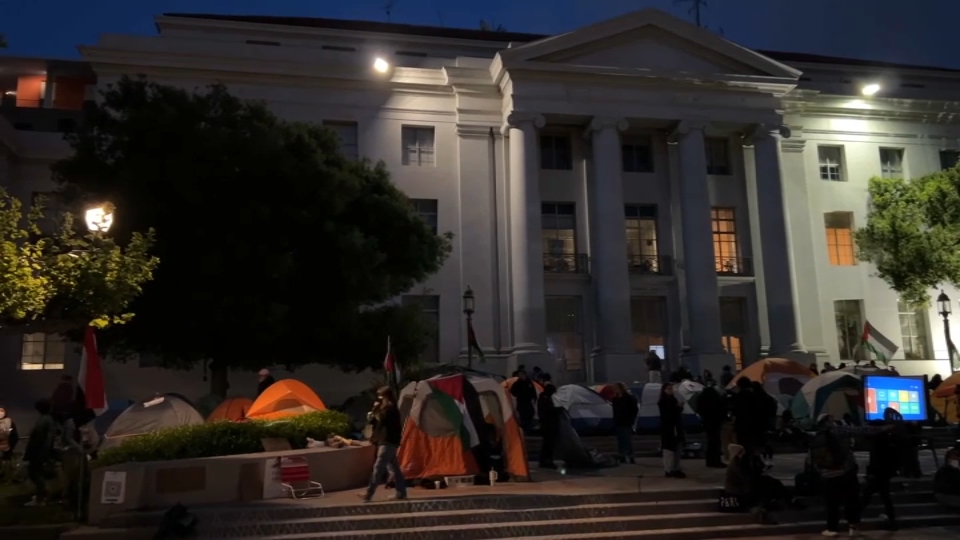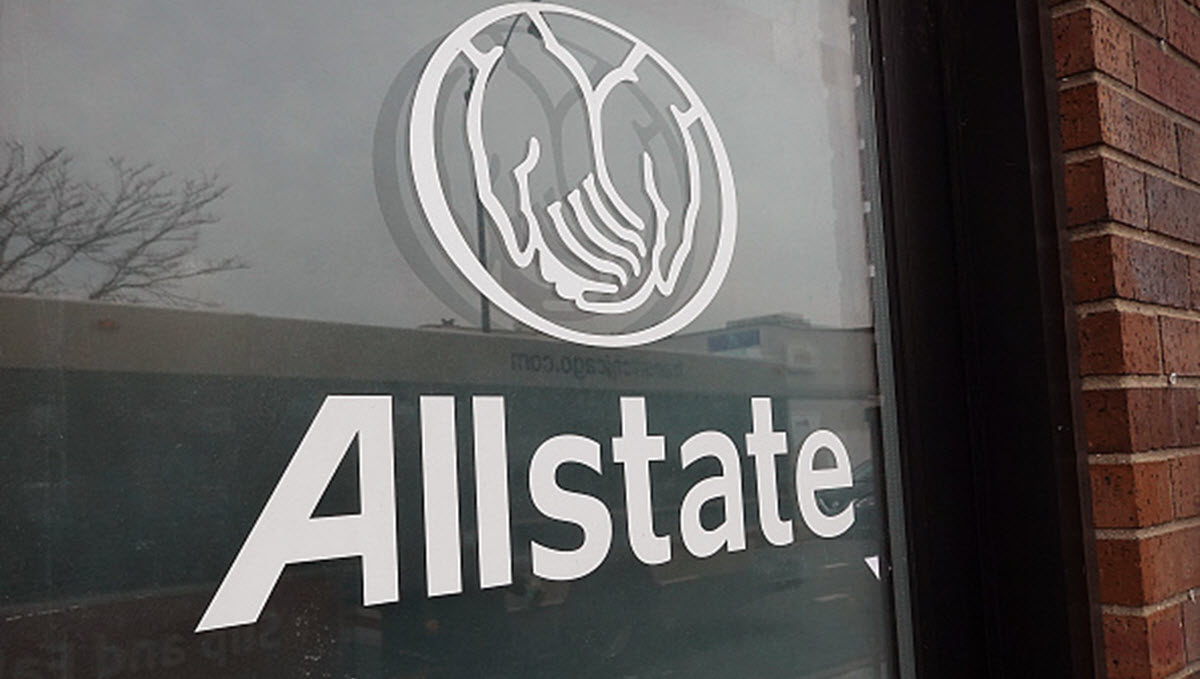
Last summer neighborhoods, from Marin to the Santa Cruz mountains, were crying foul over a PG&E program that frequently shut off power to entire neighborhoods at the first indication of an increased fire risk.
The outages were triggered by sensitivity switches on power lines - devices that can cut power automatically when certain conditions trigger them.
NBC Bay Area spoke to people in the affected areas that say the problem wasn't just how frequently the power was getting cut, but also how long it took to get the lights back on. In some cases, power wasn't restored for days.
Now, PG&E officials are admitting that their hastily adopted program to cut power to neighborhoods at the first sign of trouble was a “sledgehammer” approach – but stressed that the program likely cut the number of fires this year. The utility also says it is fine-tuning the program to prevent the kind of widespread outages customers endured this year.
Get a weekly recap of the latest San Francisco Bay Area housing news. Sign up for NBC Bay Area’s Housing Deconstructed newsletter.
PG&E’s Chief Operating Officer Adam Wright said he appreciated the “push’’ from regulators, including a critical letter last month from CPUC Commission President Marybel Batjer, about the problems of the utility's “enhanced power line safety settings” program.
“We do recognize this was rolled out in a sledgehammer type of fashion,” Wright told commissioners at a briefing Wednesday. “It wasn’t targeted specifically, because of dire conditions that we were facing. The proactive safety steps we took came with a reliability impact. Quite frankly, we didn’t realize it would be this many or for so long.”
The program was launched shortly after the 1-million-acre Dixie Fire erupted in mid-July. That fire potentially started after a rotted tree fell onto a PG&E power line. In the hours before the fire, PG&E’s system detected a fault in the area, but the utility told regulators the fault didn’t last long enough to trigger an automatic power shutoff under the settings they had at the time. In late July, the company announced it was recalibrating its sensitivity settings given the extreme fire danger during the drought.
Local
“We had to do something,” Wright said. “We had a million-acre fire on just a normal day, and those conditions were not conducive for the safety of our communities and our co-workers. It’s very important we took this measure. Clearly we need to refine it..."
PG&E’s Chief Risk Officer Sumeet Singh said the more sensitive equipment settings were put in place across 11,500 miles of PG&E’s distribution system, covering 45% of its system in high fire threat areas - at greatest risk in the drought.
The program appeared to work. It led to a drop of "potential ignitions" in PG&E’s system by 46% when compared to the utility's three-year average. In the areas where the shutoffs were in place, ignitions were cut by 80% over the three-year average.
But the impact on customers in some areas was severe. The 598 total outages led to an average 1,000 customers each losing power for about seven hours. Some surprise blackouts hit repeatedly and lasted days, leading at least one community to demand a PUC investigation.
“We fully acknowledge that with our initial implementation, we could have done much better in our execution, given the significant reliability impact to some of our communities and our customers,” Singh said.
The company has since worked to limit the extent and frequency of outages, he said, specifically by isolating the power outage at the trouble spot instead of a cascading impact from multiple circuits all going down at once automatically. Some 170 power line circuits have not been modified to isolate outages, Singh said, and those modifications are expected to prevent widespread outages going forward.
PG&E has now suspended the program in light of recent storms. “We have now disabled the settings…given the minimum fire spread risk,” Singh said.
CPUC Commissioner Martha Guzman Aceves scolded the utility over the lack of notice for customers during this year’s program. “You need to cure that before restarting it,” she said.
Batjer – who complained to the company’s leaders last month about the program’s impact – agreed that the company needed to improve notice, while restating her concern that the company’s failure to prepare left people needlessly in the dark.
“I don’t think you had enough boots on the ground to respond fast enough” to restore power quickly during the program, she told the company’s officials.
Singh said PG&E responded by modifing its equipment to limit outages from spreading across its grid. He said the company had also beefed up staffing by as much as 40% during the program, allowing outage durations to return to historical averages. The hope is that these refinements will pay off going forward as well, he said.
“It is not lost on us at all – we have to be better,” Wright told commissioners.
PG&E officials say they hope to expand the program to further cut fire danger. The planned 2022 program is expected to extend into more of its high fire threat areas, beyond the 45% of circuits they targeted this year.
But Batjer took pains to warn the utility that extending the program should not be done at the cost of reliability. Batjer warned the sudden loss of power to customers, especially without notice, was itself is a “huge, huge safety risk…that cannot be ignored.”



